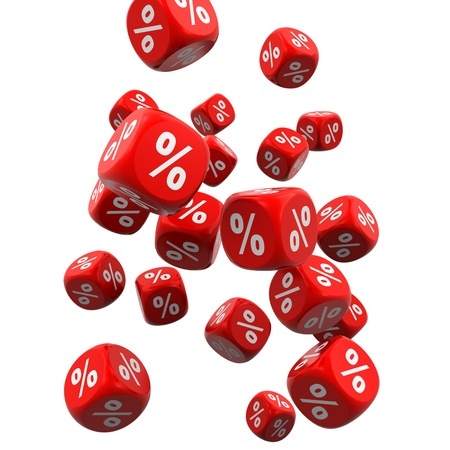Diversified Supplier Spend Reduces Supply Chain Risk
 A product lifecycle management (PLM)-based procurement solution supports part visibility to calculate and forecast aggregate material needs. This in turn helps OEMs better negotiate the purchasing decisions of suppliers. When procurement managers can not only aggregate the costs of expensive parts but have visibility into their cheapest parts, like plastics, capacitors, and resistors, they find the penny components that can add up to millions of dollars in savings.
A product lifecycle management (PLM)-based procurement solution supports part visibility to calculate and forecast aggregate material needs. This in turn helps OEMs better negotiate the purchasing decisions of suppliers. When procurement managers can not only aggregate the costs of expensive parts but have visibility into their cheapest parts, like plastics, capacitors, and resistors, they find the penny components that can add up to millions of dollars in savings.
In addition to having greater visibility into material demands, procurement professionals need modern solutions to better manage their suppliers and contract manufacturers.
Why? Because external procurement risk management processes are also critical for suppliers to achieve higher procurement performance.
To be successful, the procurement and buying teams of OEMs must anticipate and rapidly react to all possible changes, while investing in relationships with suppliers that offer the lowest price, best quality and best service.
Just as OEMs should actively manage their first tier suppliers, first tier suppliers should actively manage and collaborate closely with their own second and third tier suppliers. By doing so, tier-one suppliers can reduce supply risks and price of the end product and quality is likely to improve since trusted tier-two suppliers will be involved in choosing the material mixture. This will make the supply chain stronger, giving OEMs and suppliers a key competitive edge.
Within Arena’s flagship product BOMControl, sourcing split percentage is a new field that is available within the Sourcing view in the Items world. When an item has multiple approved sources you’ll be able to allocate percentage values to each source row.
The sourcing split percentage solution enables the supply chain strategist to define the allocation to ensure optimal supply chain risk mitigation and communicate the strategy to their external contract manufacturers or internal procurement team.
Employing sourcing split percentage gives supply chain users the ability to define and approve a percentage quantity to be purchased from each approved source for a single item.
No one wants to be thought of as a “backup.” If your suppliers believe you are prioritizing them—instead of using them as a last resort once in a blue moon—you can be assured they will consider you a valued customer. Reward them for: performance, quality, time and money. By putting a nickel in their coffer you will avoid supply chain disruptions if a key supplier experiences a ‘line down’ or an unexpected EOL by spreading material purchases across multiple active vendors, manufacturers, or geographic regions.
Arena PLM already supports multiple supplier sourcing. Adding the ability to define purchasing amounts for each approved supplier gives procurement managers even more control.
Traditional product lifecycle management systems support multiple approved sources and include a way to rank sources by preference. Typically the supplier source with highest preference is chosen as 100% of the material purchase and the others suppliers are treated as backup sources. With sourcing split percentages, Arena PLM users will have the added ability to define not only order of supplier preference but how much to buy from each supplier out of the gate, so you have an established a pattern of performance prior to a crisis.
By defining souring in Arena PLM, teams can clearly see how much needs to be purchased from each approved source keeping everyone’s pencil sharp—all the time. By planning for emergencies in advance, their assured arrival is less problematic to the OEM with the ensuing chaos to be more akin to ballet vs. a hockey game.


